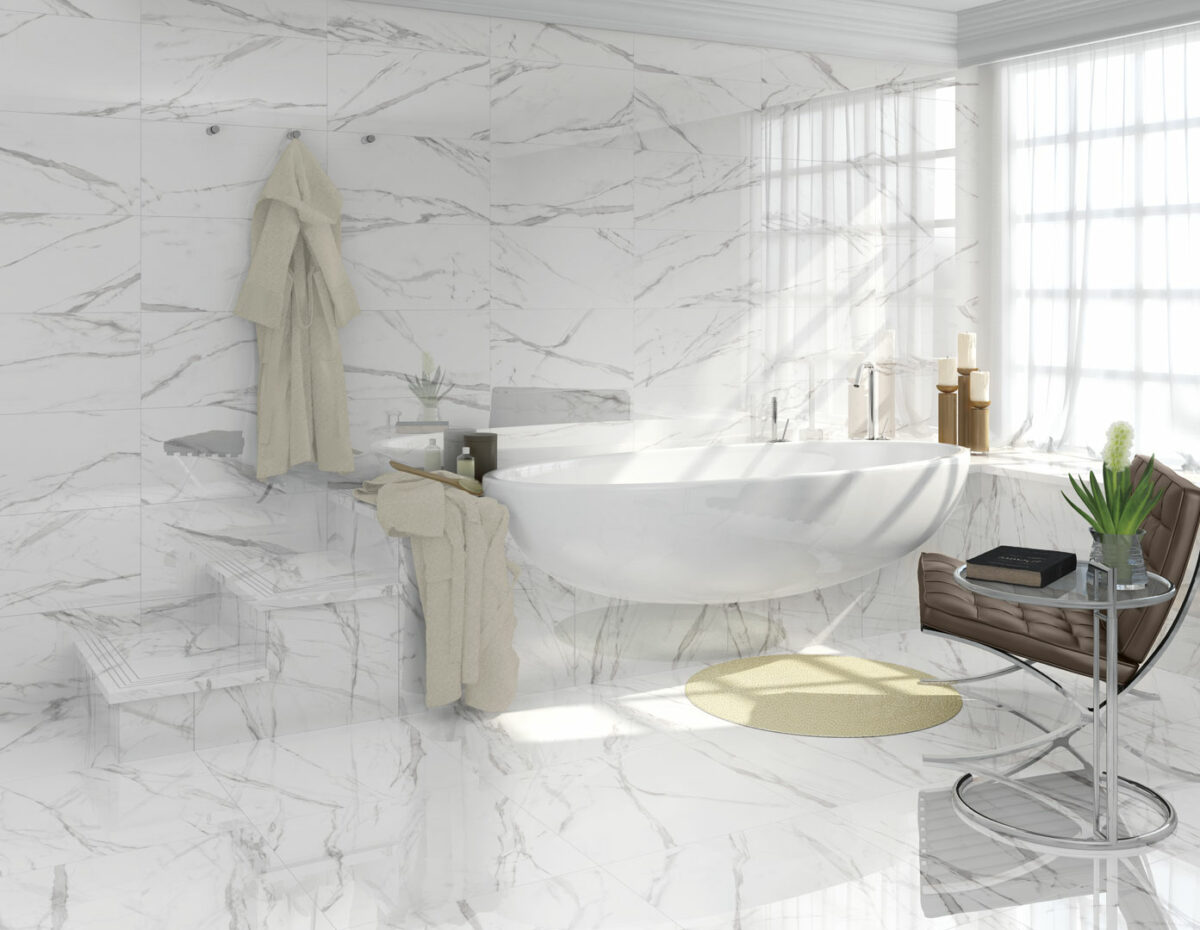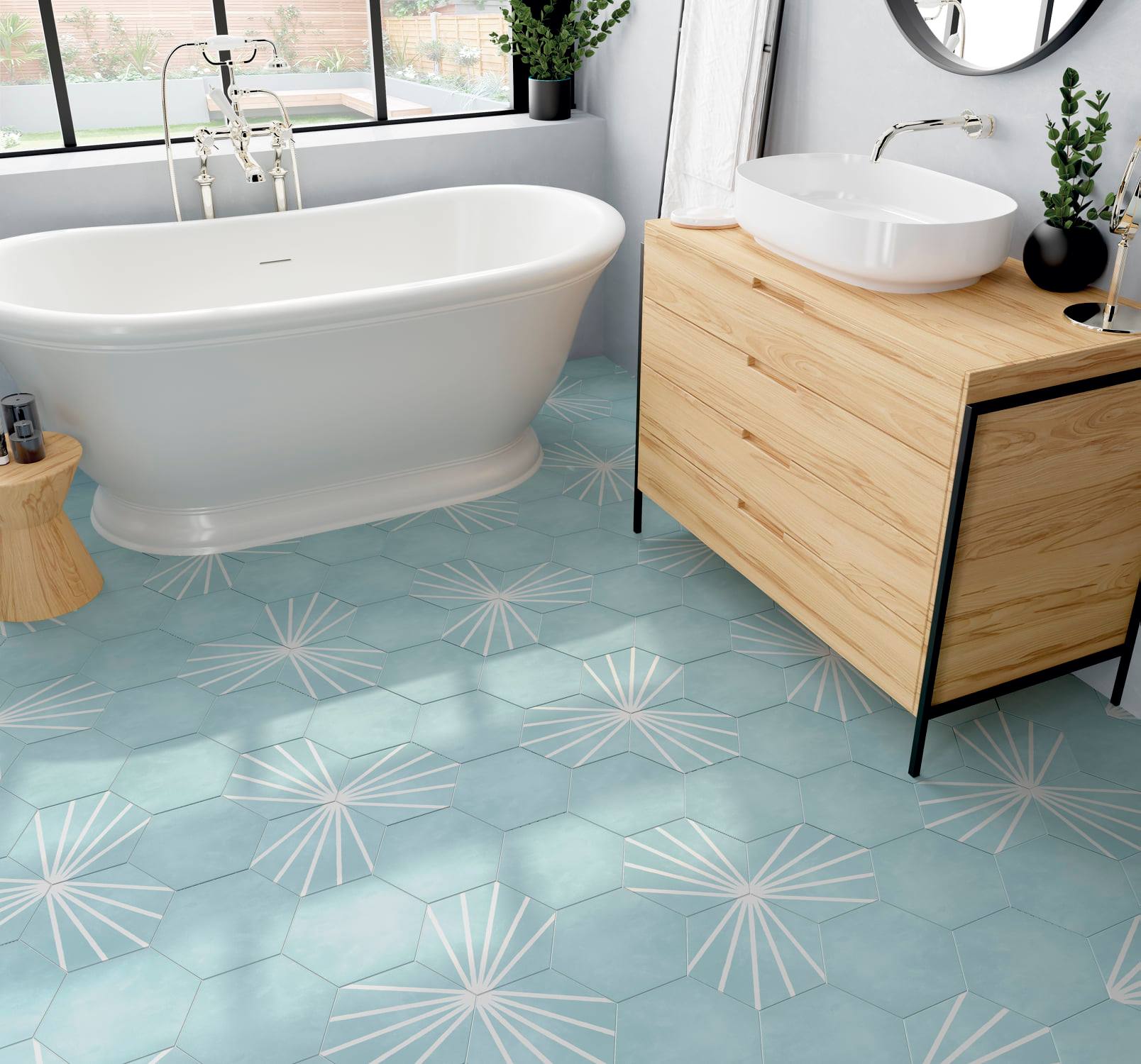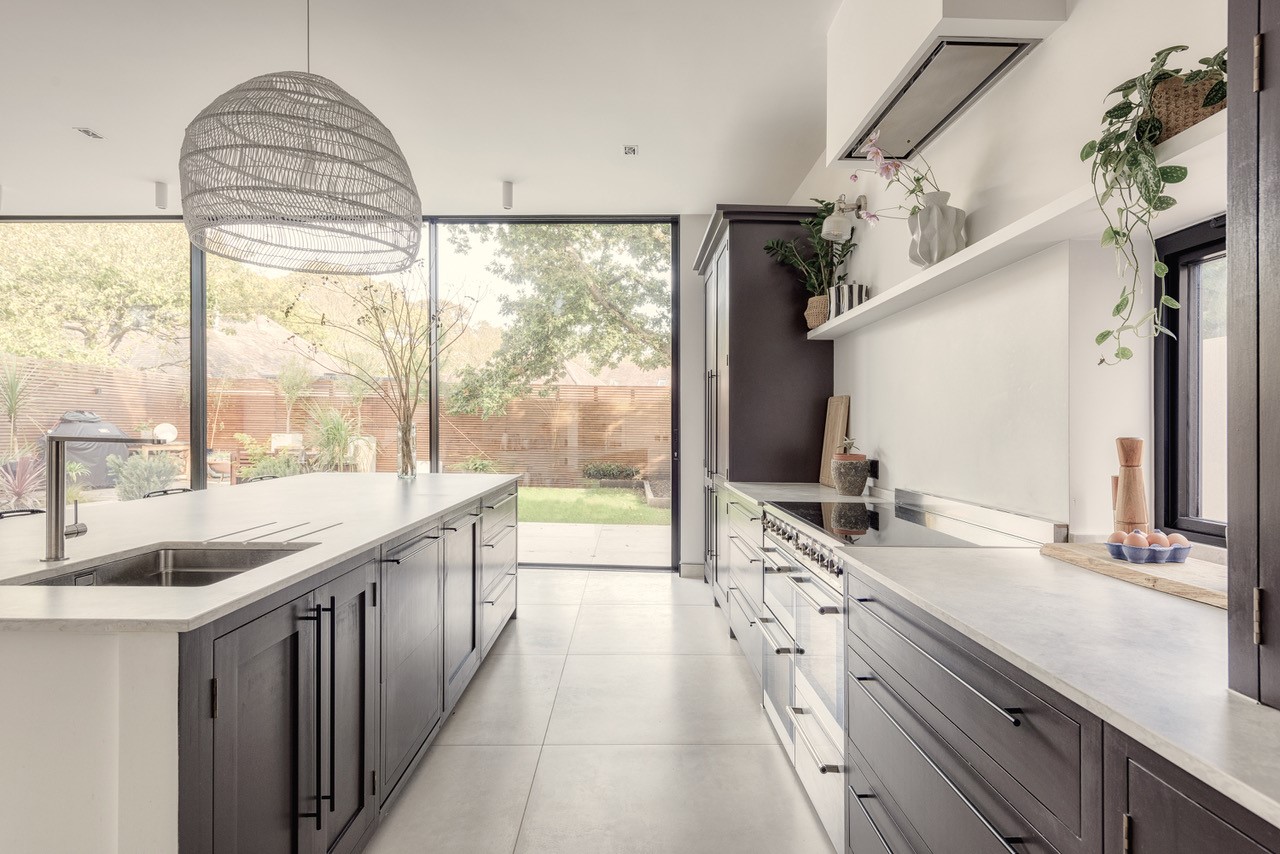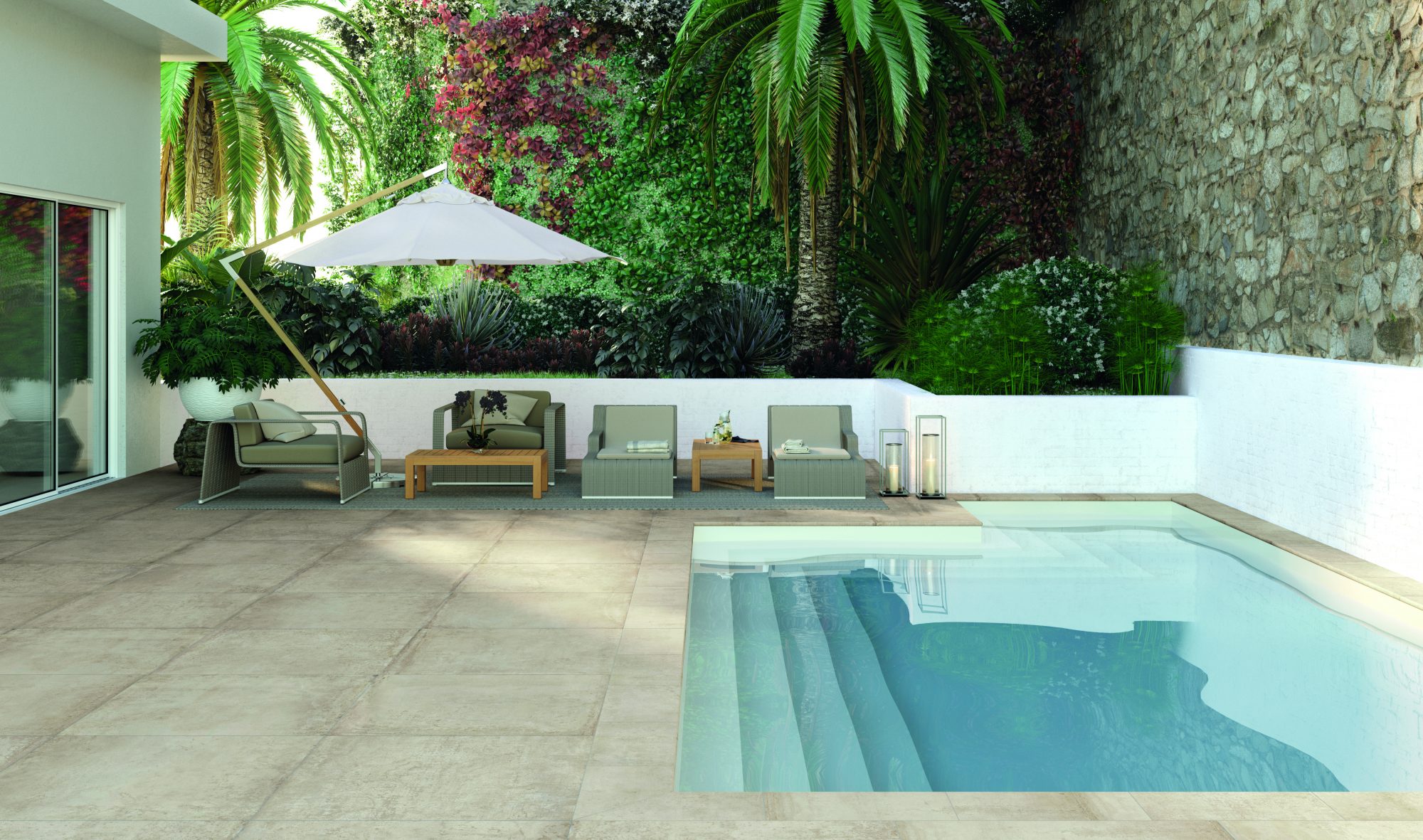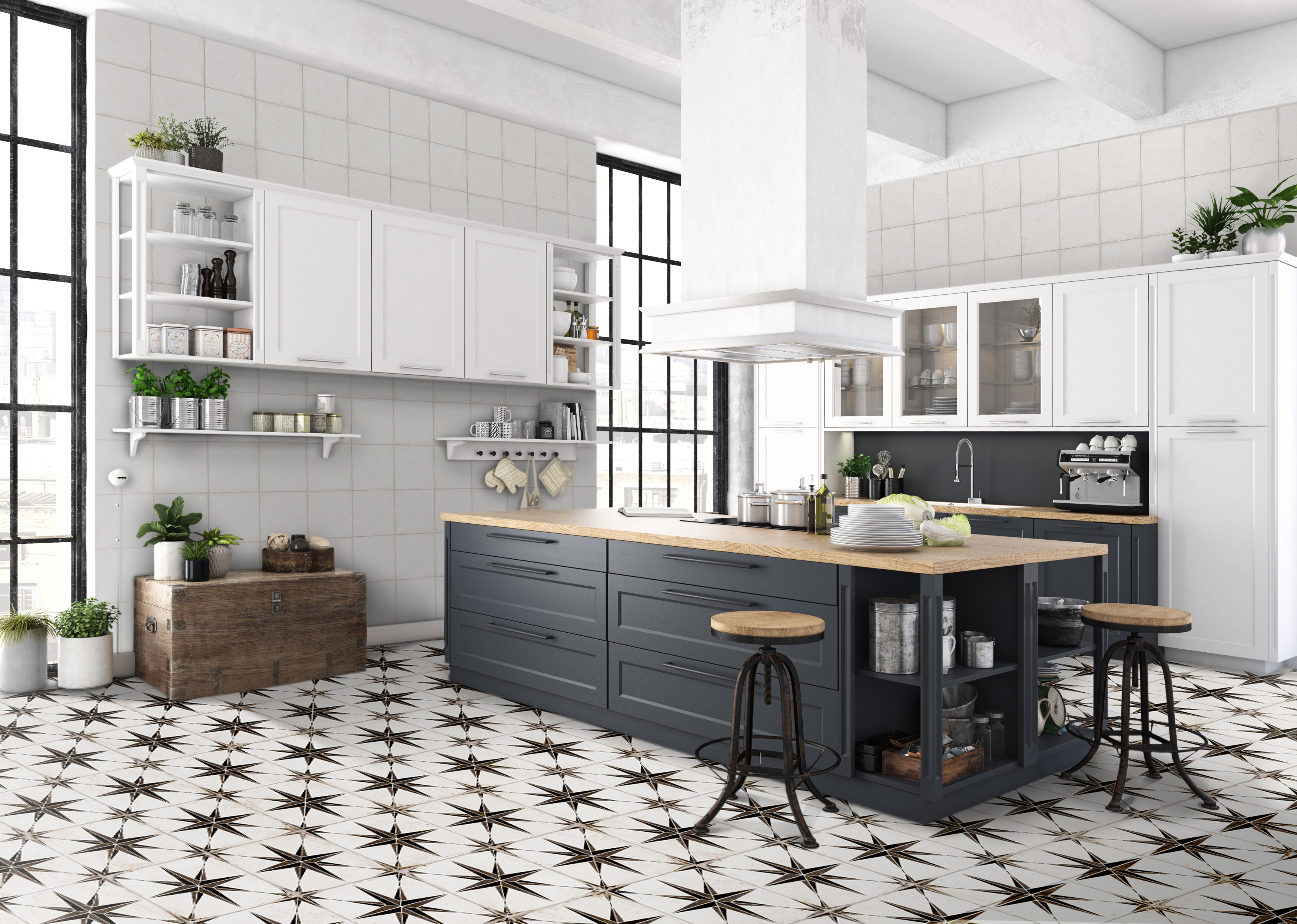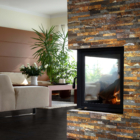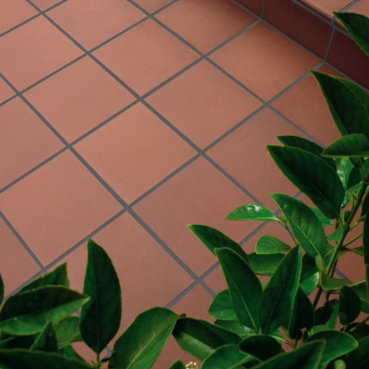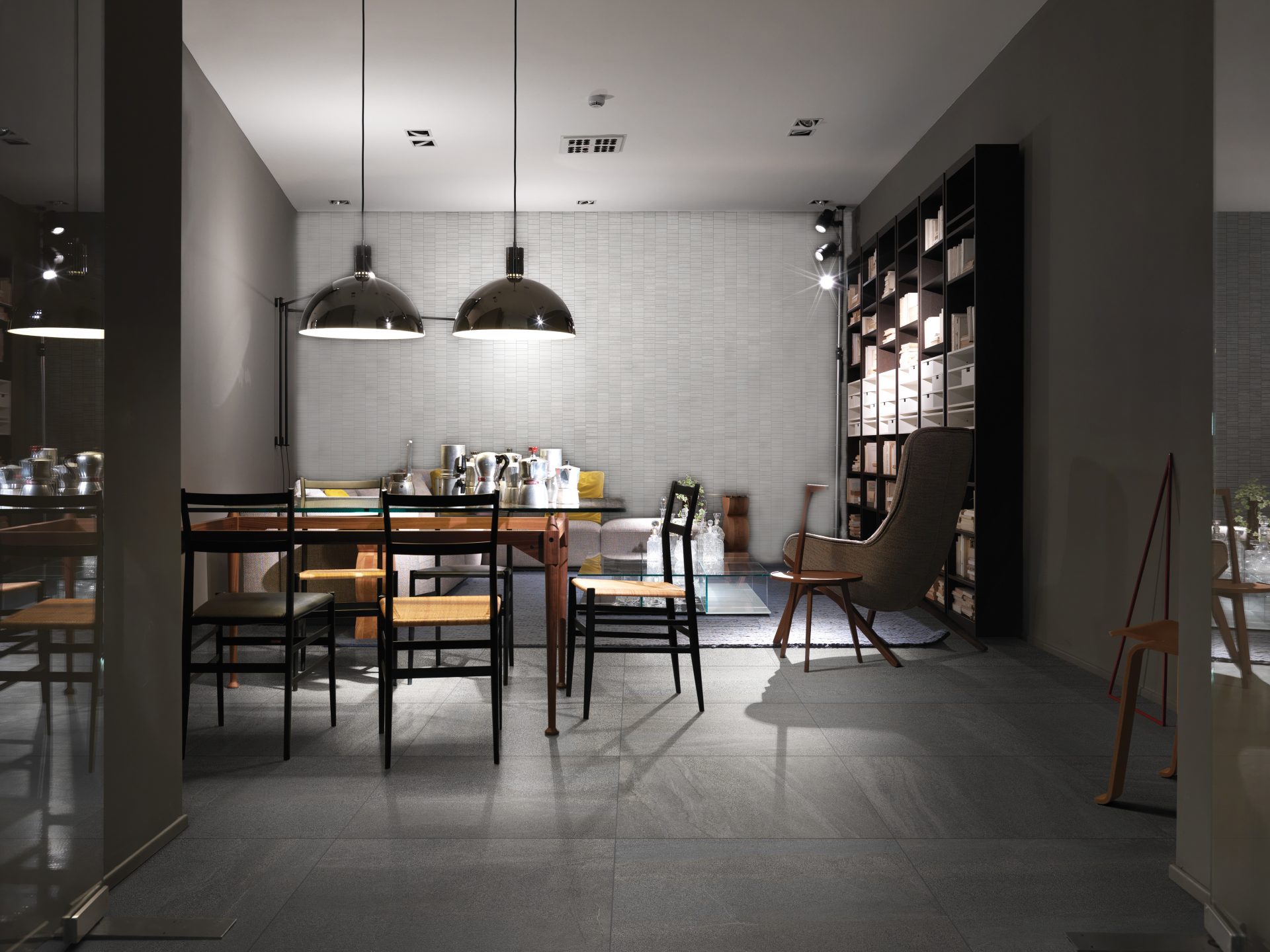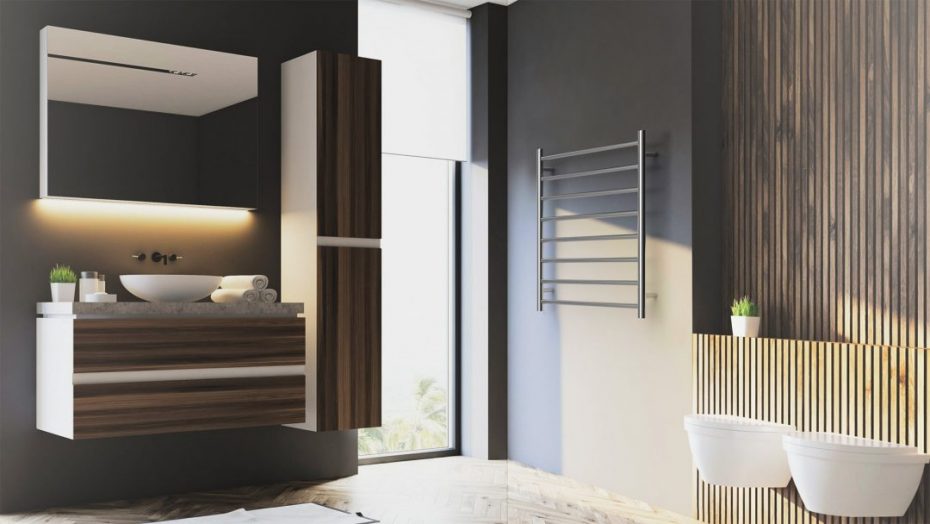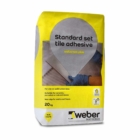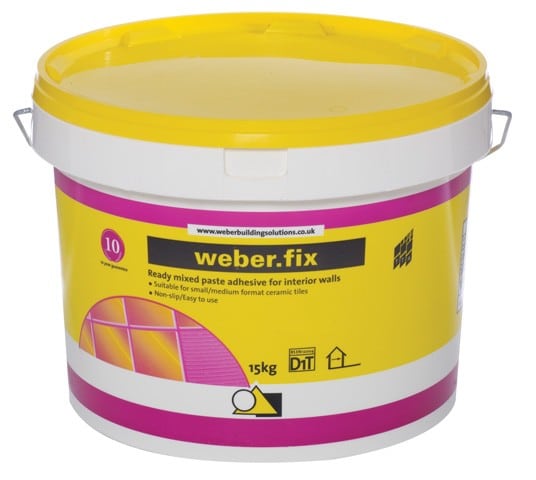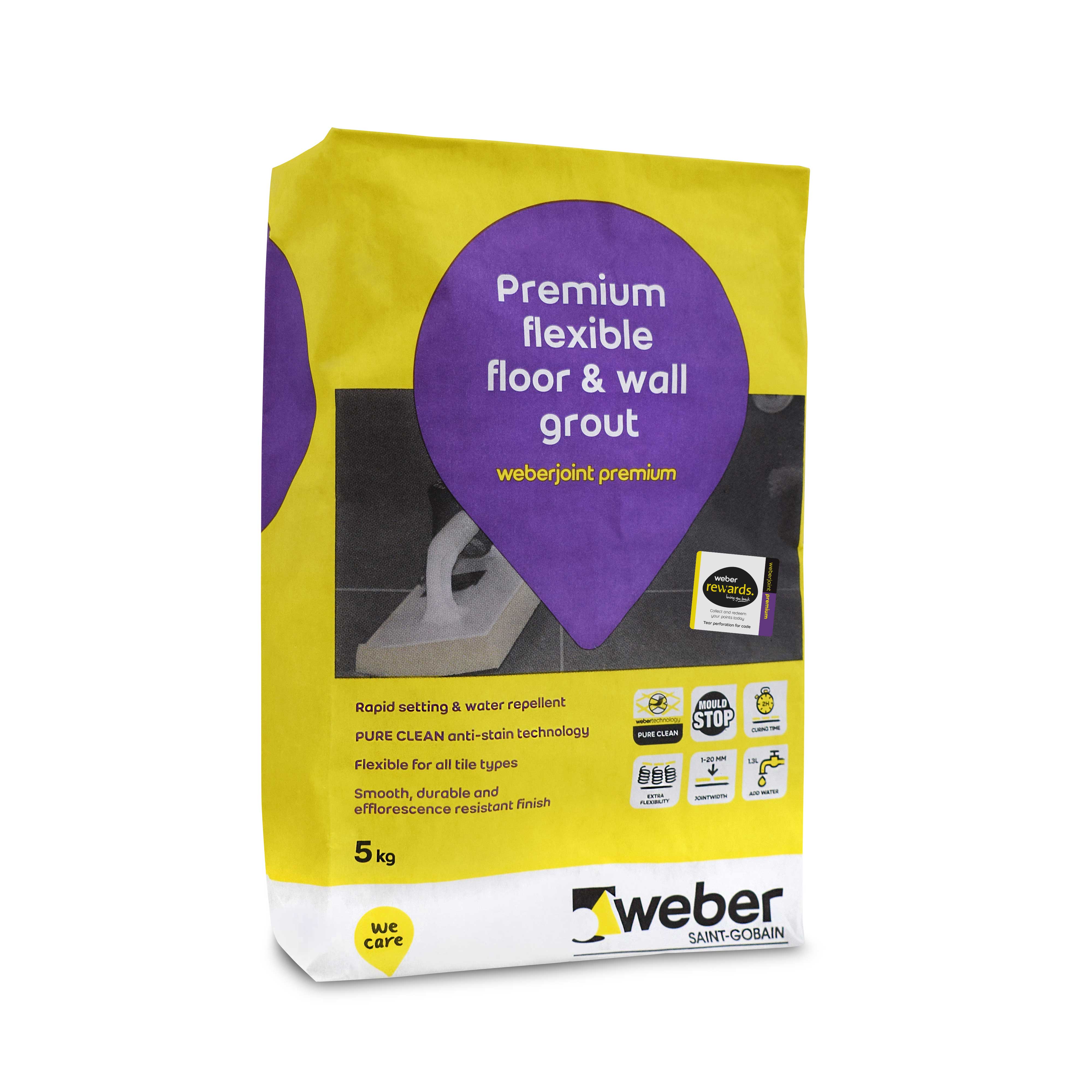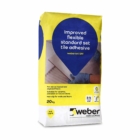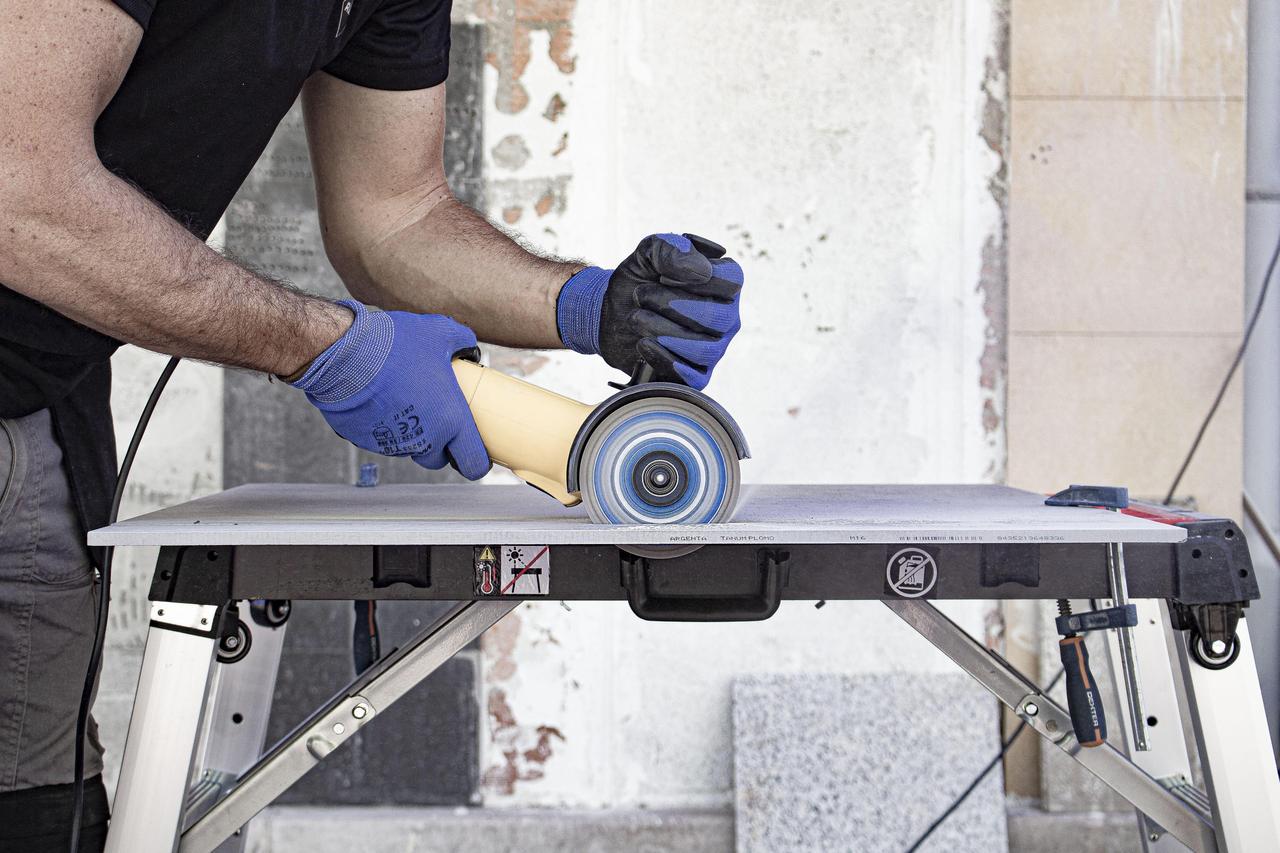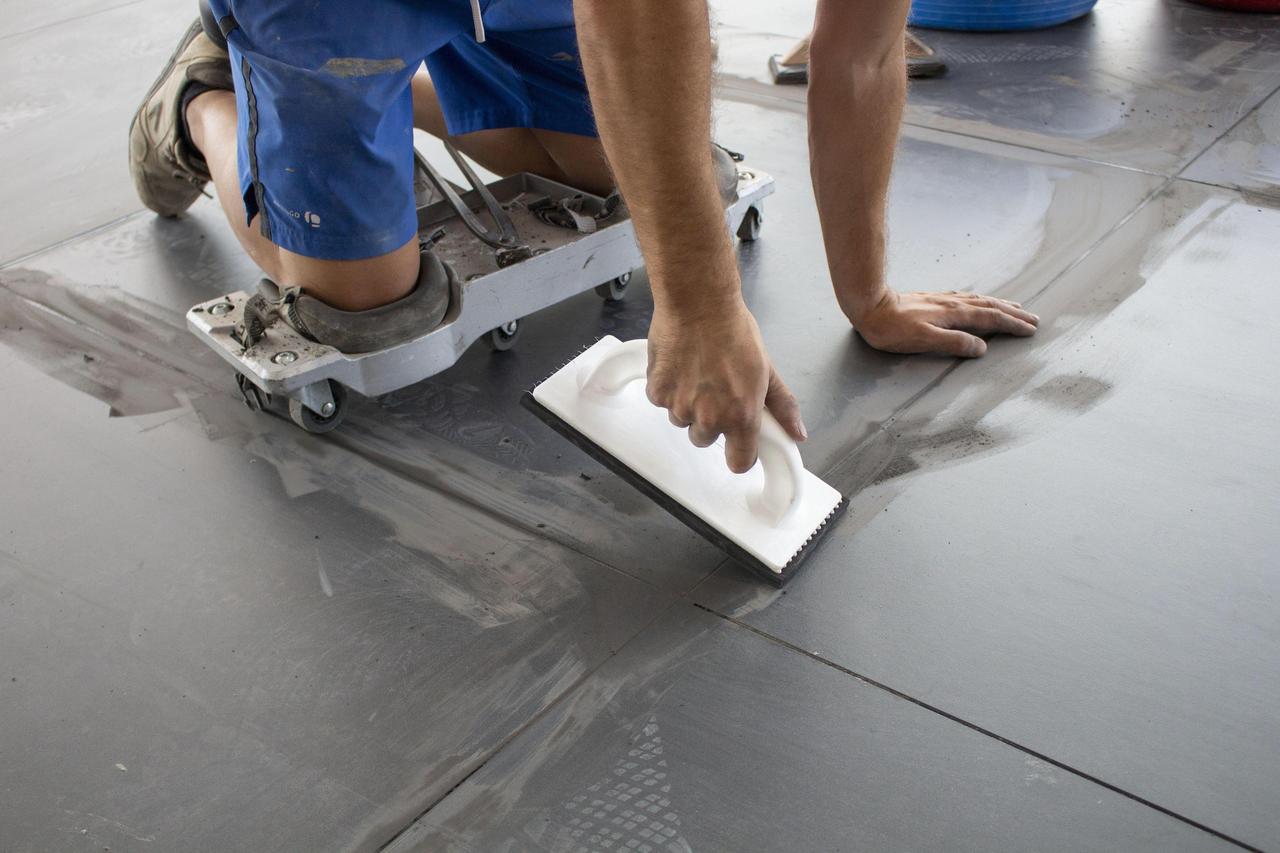How to level a floor?

Uneven flooring can occur for a number of reasons – ranging from natural incidents such as seasonal subsidence due to too much or too little rain to poor workmanship
In this article we will illustrate how to go about levelling an uneven floor-using floor levelling compounds and screeds and also the tools you will need for the job.
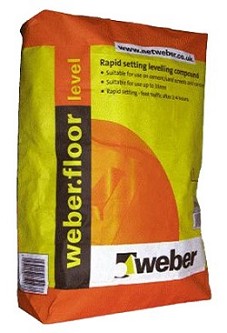 If you are looking to level out a floor, which has under floor heating or a floating floor as some examples you will need to use a high performance, fibre modified screed (we recommend Weber Floor Flex ). However if you are looking at levelling out a concrete/cement floor irregularity you will need a polymer based compound (we recommend Weber Floor Level )
If you are looking to level out a floor, which has under floor heating or a floating floor as some examples you will need to use a high performance, fibre modified screed (we recommend Weber Floor Flex ). However if you are looking at levelling out a concrete/cement floor irregularity you will need a polymer based compound (we recommend Weber Floor Level )
To determine that the floor you believe is uneven it is best to check it with a level – either a laser level if available, or use string from one side of the room to the other and measure using a traditional spirit level.
Once the unevenness has been determined you will then need to work out how uneven the floor is, the most conventional way of doing this would be to place chalk markings on the wall at the height the floor should be; these markings should be placed at relatively regular intervals around the room where the unevenness is most prominent.
From here you are now ready to mix your screed/compound. To do this you will need to follow the directions on the packaging of the compound. Generally you will need to ensure you use cold water as this extends the working time of the compound. If you are unsure on how this should be done – Please feel free to watch the video below. Please note that this shows how to lay a heated floor, the process however is the same.
Once you have got the compound water mixture to the correct smooth consistency it is now ready to use.
1. Firstly ensure that your laser level/string are still in the correct place and your markings are as accurate as possible.
2. Pour the mixture evenly over the floor starting against the wall where it is most uneven.
3. Using a spatula spread the mixture to ensure an even covering (line up with level/string).
4. If you need to use more than one measure of the compound mixture – follow the above steps again – but ensure that when you pour the mixture onto the floor you overlap with the previous batch – this is to further ensure evenness.
5. Ideally you will need to roll the area with a spiked aeration roller to remove any air bubbles.
If you have any other questions on this please contact us by phone (01425) 621173 or by email on : info@atlasceramics.co.uk for more help.
Article by Mike Lovatt
Here at Atlas Ceramics we import and distribute high quality products to support the tiling industry. These products include Polished tiles, Matt tiles or Satin tiles for the wall and floor, ceramic and porcelain tiles, natural stone and mosaics, from Italy, Portugal, and Spain.






